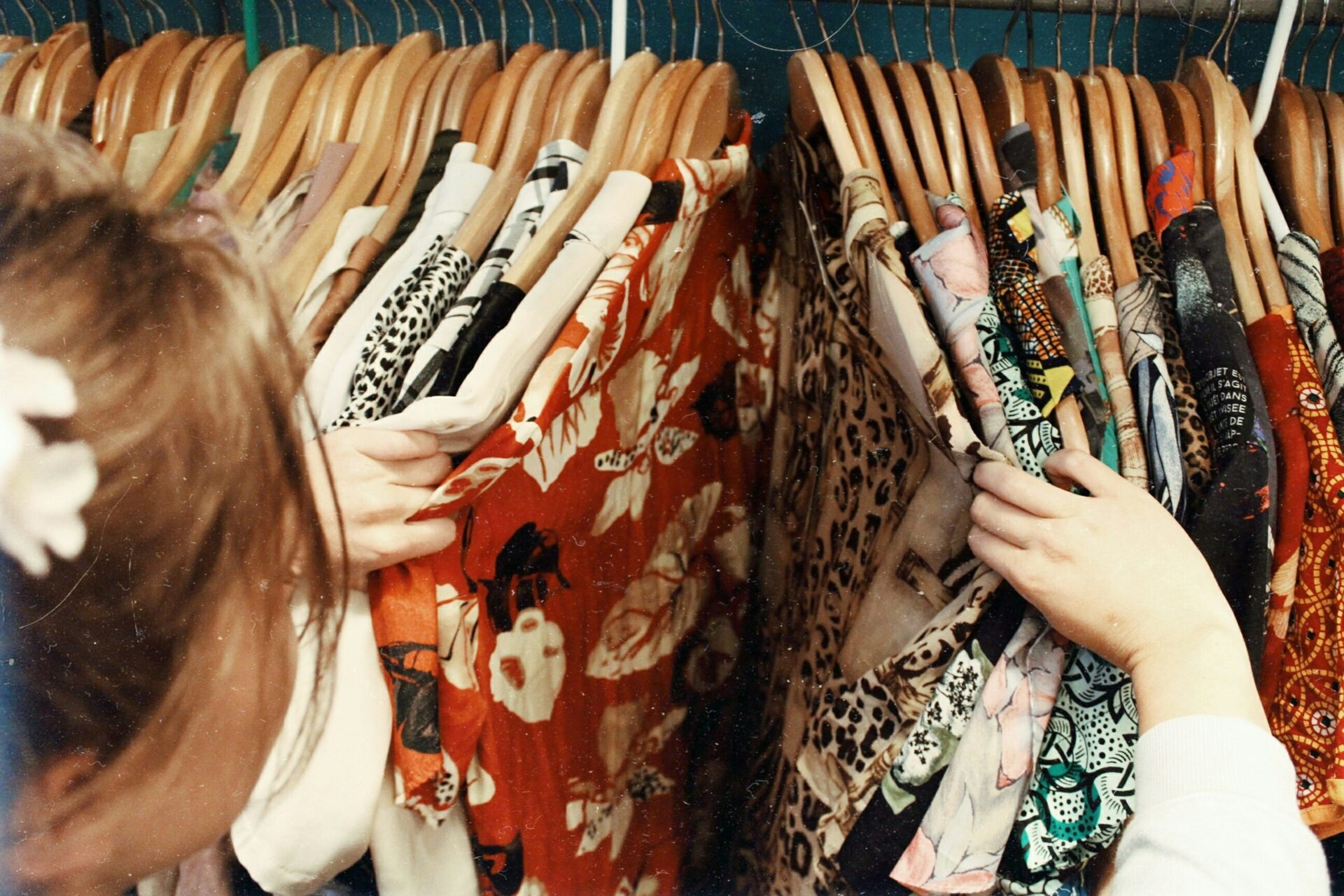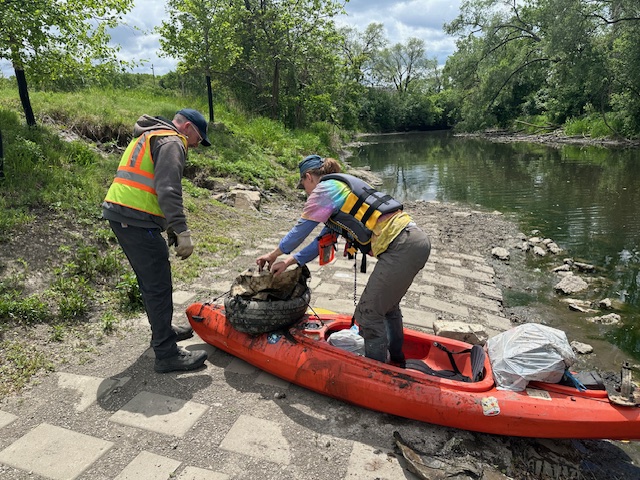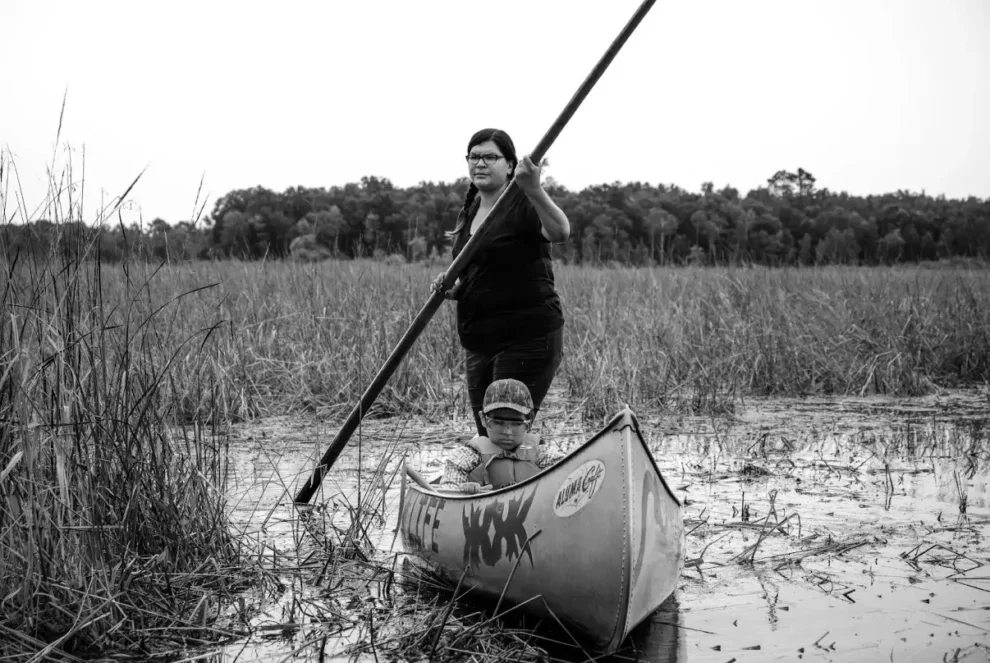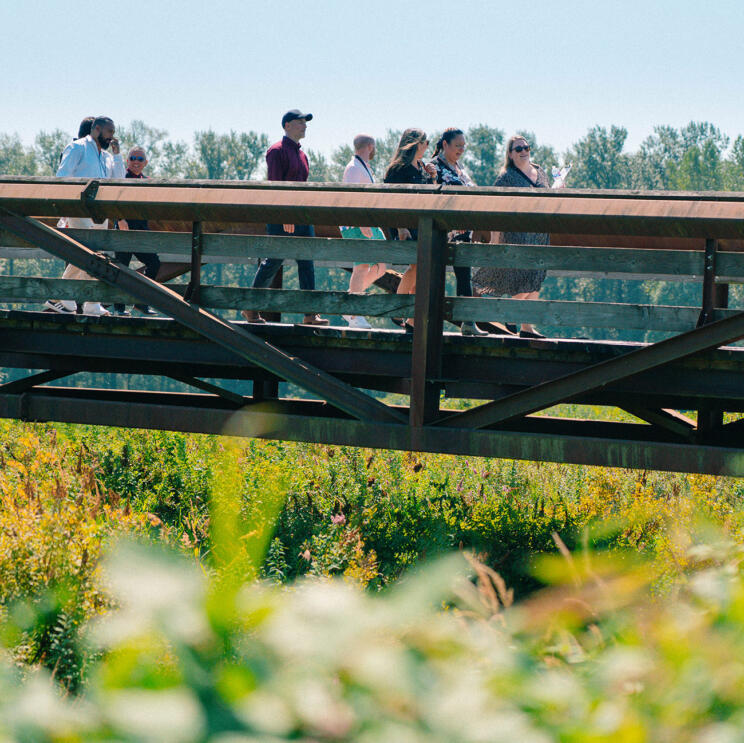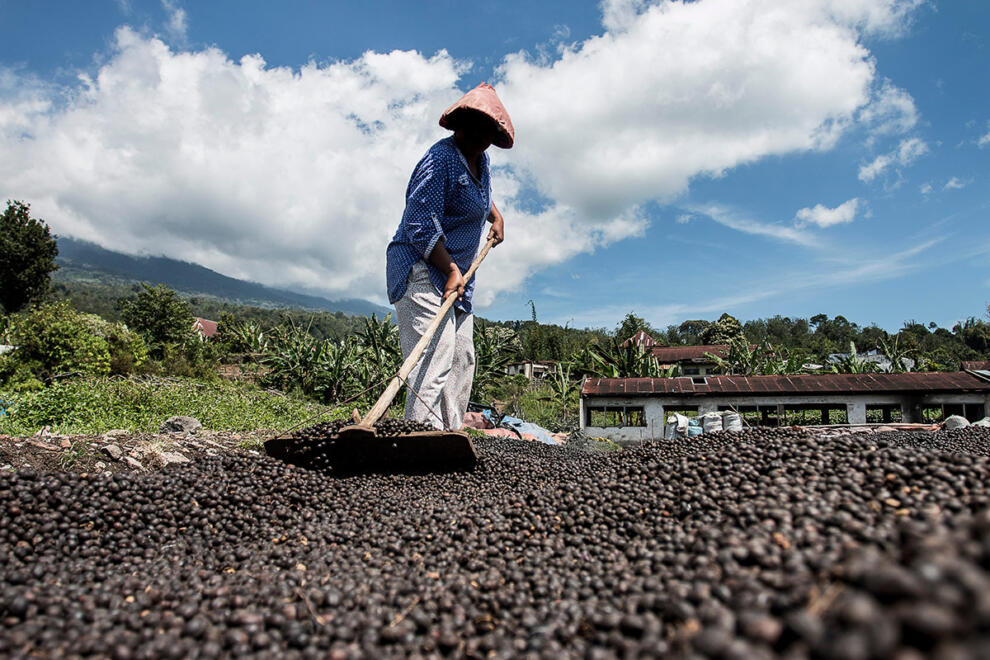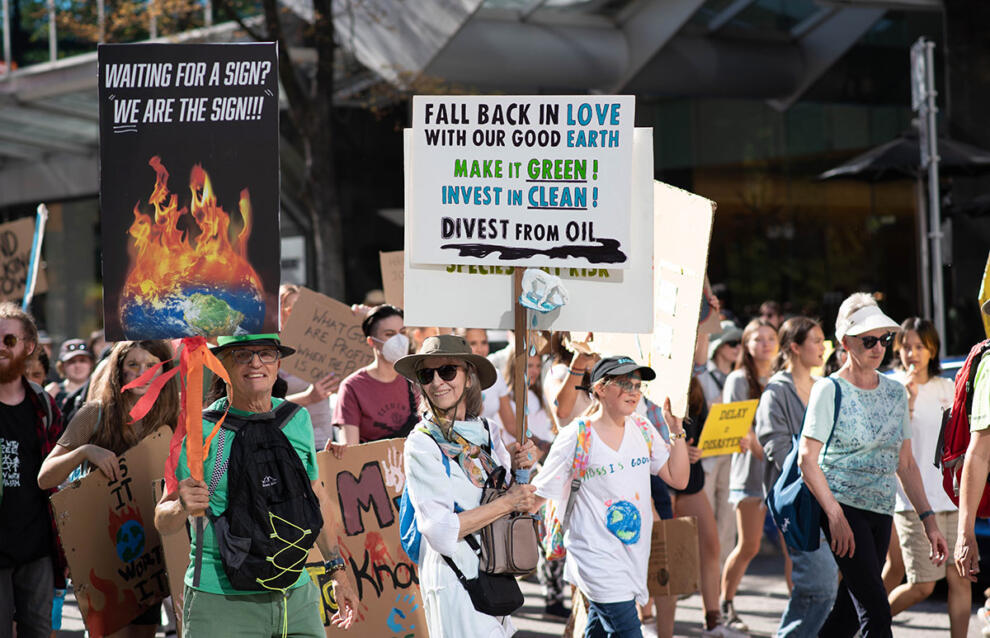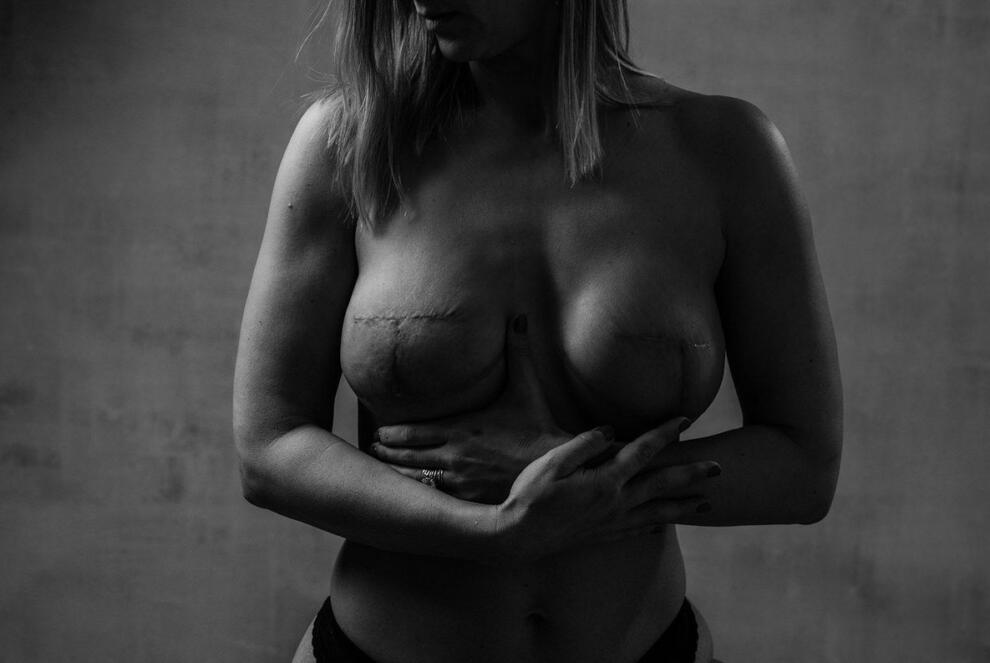Is Good Style Sustainable?
Christina Florencio’s passion for vintage and thrifting began decades ago in her early 20s when she found an authentic gold Chanel bag for just $6.99 in a thrift store bin. “Recognizing the timeless style of that Chanel bag and then seeing the value increase over the years demonstrated the investment opportunity vintage pieces can have,” she explains. “That experience gave me such a thrill; it taught me the value of fashion pieces that are made to last. It wasn’t until a few years later I began to understand the environmental impact of fast fashion which amplified my passion for thrifting and upcycling quality fashion pieces.”
Slow fashion is more than a trend. It’s an approach to clothing design, production, and consumption that prioritizes sustainability, ethical practices, and quality over quantity. The slow fashion movement advocates for a more thoughtful and conscious approach to fashion.
Christina went on to make sustainable fashion more than a passion. In early 2024 she opened Revival, a vintage clothing and home goods store in Vancouver, BC offering unique statement pieces, timeless vintage fashion, eco-friendly products and sustainable gifts. Revival’s goal is to bring pieces, clothing, jewelry and more, back to life.
“We are very much overwhelmed by the pace of life these days. We are constant consumers with a lot being thrown at us,” says Sarah Perkonig, Fashion Takes Action’s Vancouver BC Representative. “The whole sustainability movement is really a collaboration between people and stuff. True sustainability looks at how we value things and if we trade them back and forth or dispose of them. Buying clothing and other non-consumables should be a slow process.”
Since 2007, Fashion Takes Action has advanced sustainability, ethics and circularity across the fashion industry. Through their work with those who make, sell, buy, wear, dispose, reuse, repair, rent and recycle clothes they work to remove barriers to sustainability through education, awareness, research and collaboration.
Revival is adapting as Christina finds her place on Vancouver’s vintage scene. “A few weeks after we opened, I had a woman in the store looking at this incredible tiger dress. She had an event to go to and wanted to feel incredible, but she knew she’d only wear the dress once and was hesitant to invest in a one-time wear, so together we made a plan to rent it to her,” she laughs. “To be sustainable, you must also be adaptable!”
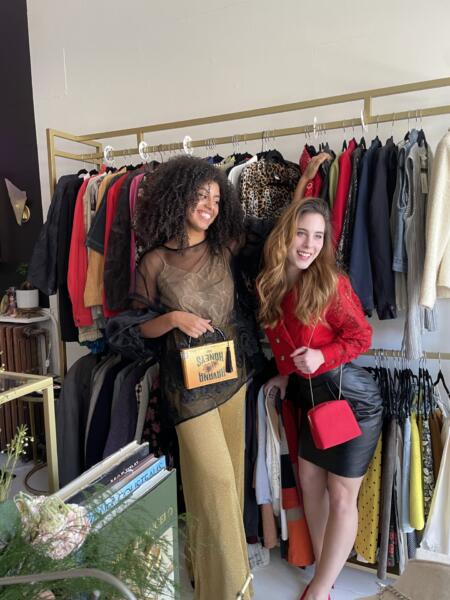
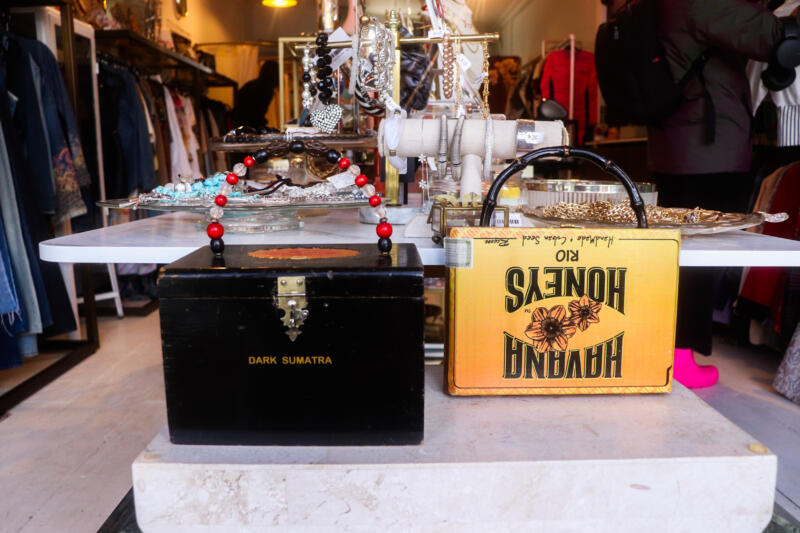
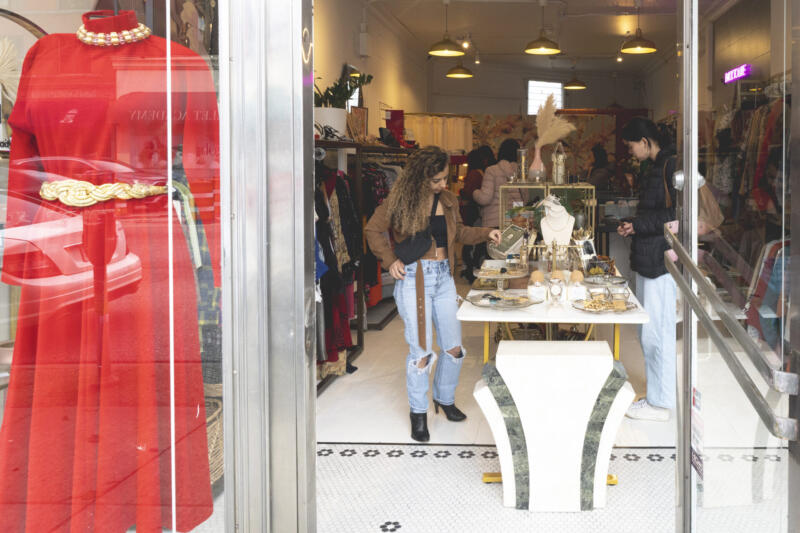
“The most sustainable practice is to shop in your own closet,” explains Sarah. “We think being eco-friendly means buying ‘green’ products but before that, it’s about using the resources we already have. Reimagining what you already own and then adding accessories, belts, jewelry pieces or different shoes, totally changes the pieces you already have. Re-styling or re-purposing is right beside reducing and recycling in the seven R’s but it’s also important to let go rather than holding items in your closet for years. That’s where boutiques like Revival are so important in giving these pieces new life and new homes. Everything pre-loved has a story. We need to be comfortable learning to fall back in love with things again, and to be true to ourselves rather than following trends. Intentional buying should make us feel really happy, genuinely, not just filling a void of consumption or instant gratification.”
Fashion Takes Action shares some disturbing information about fast fashion. Their website points out that more than half of fast fashion produced is disposed of in under a year with seven as the global average number of times a garment is worn. This overconsumption and quick disposal leads to immense amounts of textile waste, as clothing ends up in landfills, taking decades or even centuries to decompose.
“While clothing is piling up in landfills, consumers are wasting money. In 2022, earth.org found garments given up early and thrown out value around $500 billion every year across the 92 million tons of clothes-related waste each year, equal to one garbage truck full of textiles per second. Shopping consignment can often save money while supporting a small, local business rather than encouraging mass produced trends. Choosing items that can be worn several times and styled differently not only makes a sustainable practice but a unique, lasting style.”
“Intentional fashion is what I advise for my customers,” shares Christina. “It can be very overwhelming to want to practice sustainable fashion but many aren’t sure where to start. I think more consumers are open to it, both for clothing and gifts and my hope is we can show people that it’s easier than they think. By walking in the door to Revival and considering pre-loved and vintage fashions, they’re already on the right path.”
“There is a lot we can do at all levels of fashion,” adds Sarah. “Items in the luxury consignment market are typically in good to excellent condition. Many sellers and boutiques take incredible care to maintain authentic and vintage goods. While some items may be gently used, others are brand new or barely used. Encouraging people to sell or donate the clothes taking up room in their closet as well as consider buying vintage is what creates the circular economy and extends the life cycle of quality garments. My best advice is just to slow down. Breathe. Browse. Move slowly.”
“Another huge benefit to consignment and vintage shopping is the diverse range of one-of-a-kind treasures you’ll find,” smiles Christina. “Finding a gem in a vintage clothing store is incredibly satisfying. Adding those unique and distinctive pieces to your wardrobe makes you stand out and feel good about the way you’re dressing yourself, inside and out.”
HOW YOU CAN CREATE IMPACT:

EMPTY your online shopping carts. Consider any item you’re considering and ask yourself if you can find something similar in your closet or around your home. Get creative to save money and lessen your consumption.

SHOP a local thrift, consignment or vintage store in your area. Vancouverites check out @themainrevival at 2408 Main Street, Vancouver BC.

TAKE ACTION. Visit Fashion Takes Action for advice on where to shop and how to support the sustainable fashion industry: https://fashiontakesaction.com/take-action/
